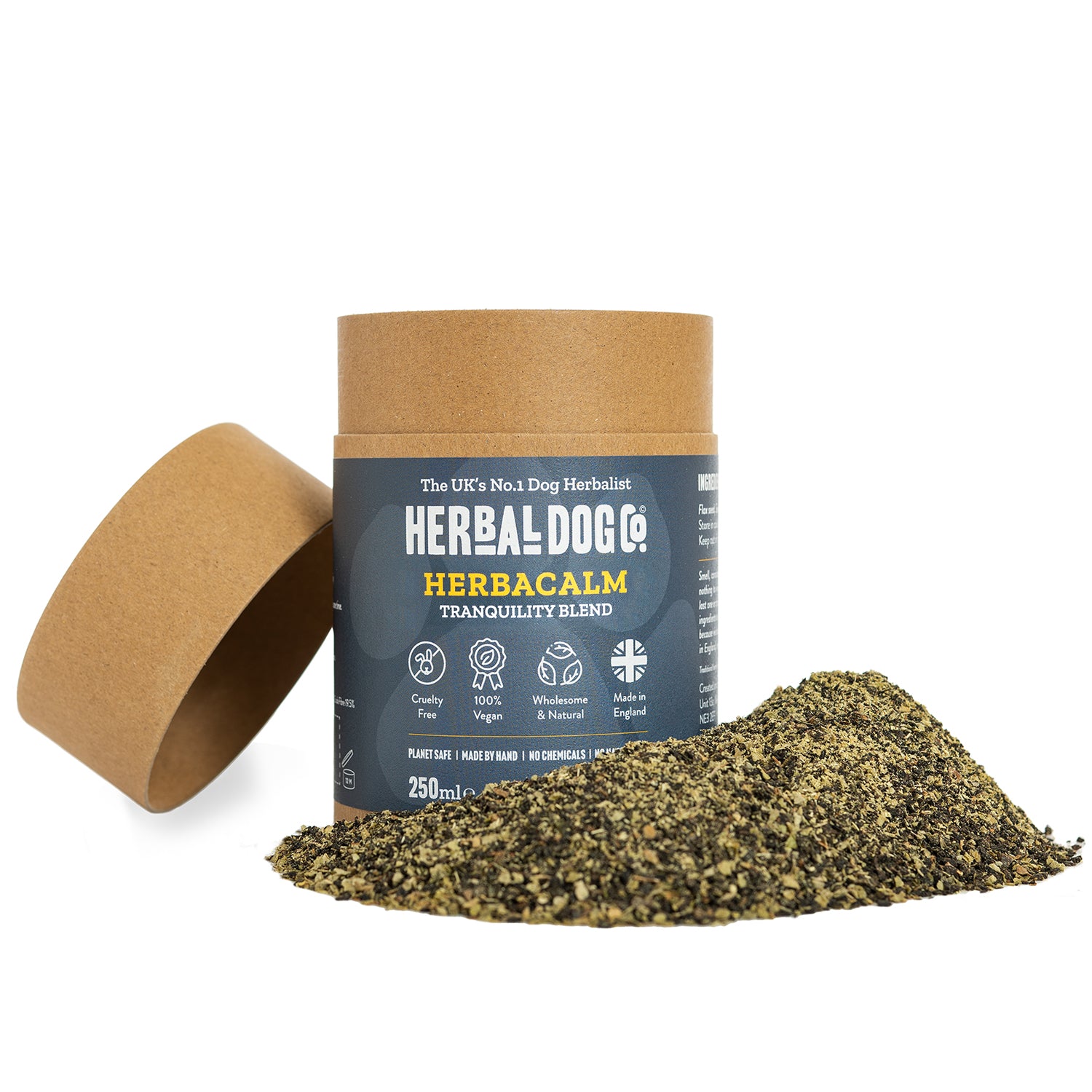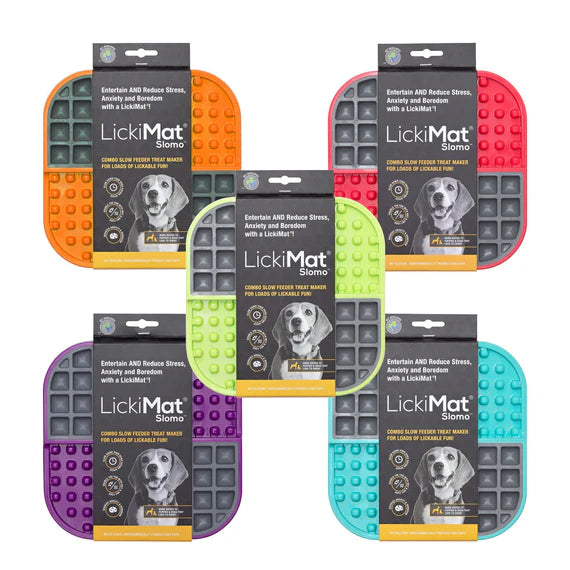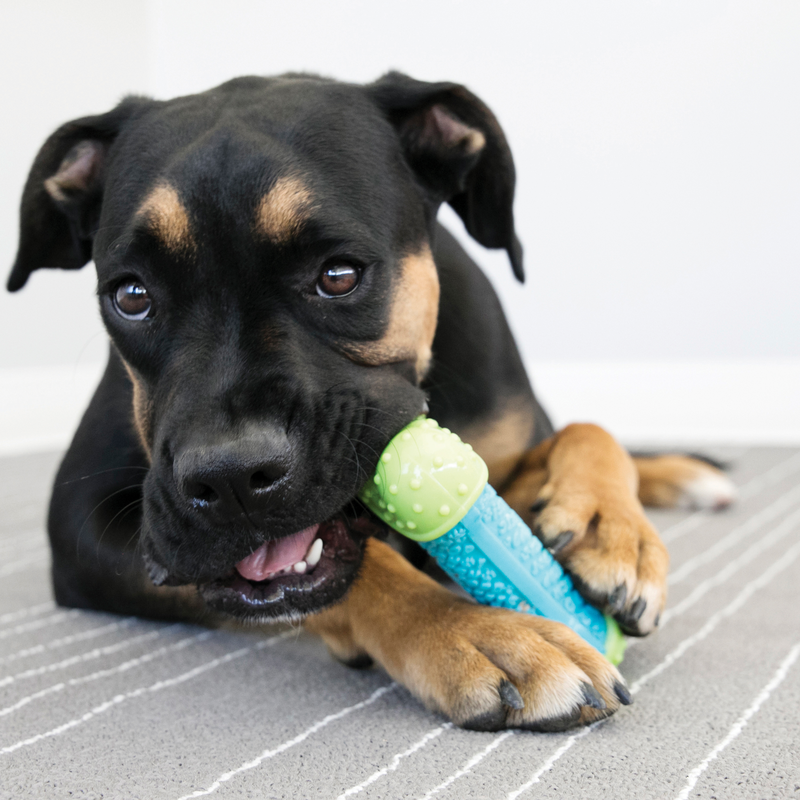How to Remove a Tick from a Dog? (2024 Step-by-Step Guide)
Those little bugs latched onto your pup can be nasty and inconvenient for your dogs. Ticks are gross, and you want them off your dog ASAP, but yanking them out can make things worse if you don’t know how to remove a tick from a dog the right way. Take it from our experience handling dogs at Dottys, you need to be strategic in removing a tick on a dog. It may look easy, but there are some steps you need to follow to protect your dog and get every last bit of the tick out.
In this article, we’ll walk you through how to get rid of ticks on dogs the right way. You’ll learn the steps for safely and effectively getting rid of those creepy crawlies to ensure your dog lives healthily and happily.
How to Safely Remove a Tick From Your Dog
Follow these steps when doing a tick removal from your dog to ensure your pet’s safety and convenience:
- Remove ticks with a tweezer.
- Apply rubbing alcohol.
- Check the tick.
1. Remove ticks with a tweezer.
To remove a dog tick, you’ll need a tick removal tool like fine-tipped tweezers or a tick hook. Grasp the attached tick very close to the dog’s skin, pulling in an upward direction while maintaining pressure evenly. Don’t twist or jerk the tick, as this can cause the mouthparts to break off and remain in the skin. With gentle pressure, the tick will fall off with little inconvenience on your dog.
2. Apply rubbing alcohol.
Once you’ve taken out the infected tick, thoroughly disinfect the bite area as well as your hands with rubbing alcohol or soap and water. The alcohol will help kill any bacteria from the tick and also help prevent infection.
3. Check the tick.
After removal, check to make sure the tick’s mouthparts are intact. If the head remains embedded, it’s important to remove it to avoid infection or tick-borne disease. Sterilise a pair of tweezers and use them to grasp the mouthparts and pull straight out. Clean the area again with alcohol to prevent infection.

Removing an embedded tick can be challenging, but with patience, care, and proper sterilisation of the area, you’ll get the little bugger out and your dog back to good health. Staying on top of tick prevention will help ensure this is a one-and-done experience. In addition, there are some natural methods for removing a tick on a dog in the UK without much harm to your canine friend — more details below!
Natural Remedies to Get Rid of Ticks on Dogs
Removing ticks through natural procedures is less intrusive than applying pressure, which can also cause discomfort to your pet’s skin.
Here are some natural remedies for getting rid of ticks on your dogs:
- Use citrus oils and juices
- Try coconut oils and juices
- Bathe your dog regularly
1. Use citrus oils and juices.
Citrus fruits like lemons, oranges, and limes contain natural repellents that ticks hate. You can apply the essential oils of lemon, orange, or lime directly to your dog’s fur, especially around the ears, neck, and paws where ticks like to hide. Or, for an all-over treatment, add a few drops of citrus essential oil to your dog’s shampoo or bath water. The citrus oil will naturally repel ticks and leave your pup smelling fresh.
2. Try coconut or almond oil.
Coconut and almond oils are natural moisturisers that also repel ticks. Apply the oil directly to your dog’s fur, especially in tick hotspots like the ears, paws, and neck. The oil will moisturise your dog’s skin and coat while masking the smells that attract ticks. Reapply the oil every few days to keep ticks at bay.
3. Bathe your dog regularly.
Bathing your dog regularly, especially in the spring and summer, can help remove ticks and keep your pup tick-free. Use a natural shampoo containing citronella, rosemary, peppermint, or eucalyptus oil — ticks dislike these essential oils. After bathing, thoroughly check your dog for any remaining ticks and remove them promptly with tweezers to avoid infections.
These natural remedies are safer and, when done consistently, eliminate ticks from your dogs. This saves you valuable time and prevents your dogs from tick-borne diseases like Lyme disease. However, if you remove ticks with a tweezer, you might want to consider some after-removal ritual for the best result, as explained in the next section.
Note: For severe tick infestations or if your dog shows signs of tick-borne illnesses, always consult your veterinarian for appropriate treatment and advice. Natural remedies can help prevent ticks, but professional guidance is crucial for managing and treating infestations effectively.
What to Do After Removing a Tick From a Dog?
To ensure your dog doesn’t develop complications after tick removal, you should properly clean the tick area, monitor your dog for any health changes, and pet your dog.
1. Clean the area.
Once you’ve successfully removed the tick from your dog, thoroughly disinfect the area with antiseptic wipes or tick treatment solution, soap, and water. Apply firm but gentle pressure to any bleeding for a few minutes until it stops.
Clean your hands well, too, since ticks can carry diseases that may infect you. Be sure to check the rest of your dog’s body for any other ticks during grooming, and remove any leftover ticks in your dog’s skin.
2. Monitor your dog.
Watch your dog closely over the next few weeks for any signs of illness. Some tick-borne diseases don’t show symptoms right away, so vigilance is key. Common symptoms to look out for include fever, lethargy, swelling, lameness, or neurological problems.

If your dog shows any unusual symptoms or behaviour, consult your vet. They may want to test your dog for tick-borne diseases like Lyme disease, Rocky Mountain spotted fever, or canine ehrlichiosis. Early treatment of these diseases is recommended.
3. Pet your dog.
After the tick removal, reward your dog with their favourite treats and engage them with toys. This not only comforts them but also associates the experience with positive reinforcement, making future tick checks and removals easier for both of you. Plus, it’s a great opportunity for extra bonding!
By closely monitoring your dog and the bite area, removing any remaining tick parts, and pairing tick removal with a positive experience, you can have peace of mind that your faithful friend will stay happy and healthy after a tick encounter. Paying attention to changes in behaviour and getting medical care quickly if needed will help ensure your dog avoids dangerous tick-borne diseases. However, you can take steps to prevent ticks altogether — continue reading to learn more.
Preventing Future Tick Infestations in Dogs
The UK has about 20 endemic tick species, which can cause serious bacterial infection if there are ticks in your dog’s skin. To save yourself the stress of tick removal and your dog the discomfort, consider preventing ticks from attaching to your canine.
Here are some considerations:
- Use effective flea and tick prevention.
- Check your dog regularly.
- Create a tick-free yard.
1. Use effective flea and tick prevention.
The best way to prevent a future tick bite is to regularly use flea and tick prevention products, especially during peak tick months in spring and summer. Vet-quality products, which contain pesticides to kill ticks and fleas, should be used regularly according to the directions.
2. Check your dog regularly.
Despite using prevention, ticks can still attach themselves to your dog. Perform regular tick checks for ticks on your dog, especially after being outside.

Run your hands over your dog’s body, checking the ears, paws, armpits and groin area. If a tick is found attached, remove it promptly using tweezers and proper technique. The quicker the tick is removed, the less likely disease transmission will occur.
3. Create a tick-free yard.
To reduce ticks in your yard, keep grass mowed and weeds cleared in areas where your dog frequents. Ticks thrive in brush, leaf litter, and overgrown plants, so remove brush and wood piles around the yard. You can also treat your yard with an acaricide that kills ticks on contact.
4. Other Prevention Measures:
- Avoid walking your dog in tall grass or brush where ticks populate. Stick to well-groomed trails.
- If topical or oral treatments are not effective or possible for your dog, talk to your vet about other prevention options, such as tick collars, sprays, or shampoos.
- Consider limiting time outside during peak tick hours of dawn and dusk when ticks are most active.
- After being outside, check any gear like leashes, harnesses, or bedding for ticks and wash as needed. Ticks can hitch a ride indoors on these items.
With diligent prevention techniques, you’ll safeguard your dog against future tick bites and the diseases they carry. Be especially vigilant during warmer months when ticks are most prevalent. An ounce of prevention is worth a pound of cure, so make tick prevention part of your regular dog care routine.
Remember to check out our store for dog toys and treats that can be helpful for calming your dogs and reinforcing positive experiences after each tick removal.
Frequently Asked Questions
What Will Draw A Tick Out Of A Dog?
To draw a tick out of a dog, loop dental floss around the tick’s body, close to the skin, and gently tug upwards. If needed, use a straw to get the loop snug. Always be cautious and steady when removing ticks.
What Kills Ticks On Dogs Instantly?
Submerging ticks in rubbing alcohol is an effective and safe method of instantly killing them when your dog has ticks. This approach ensures the tick is dealt with swiftly and reduces the risk of disease transmission to your pet.
What Happens If You Don’t Remove A Tick From A Dog?
If a tick isn’t removed from a dog, it can feed for days, potentially transmitting diseases like Lyme disease. Lyme is more common in dogs and humans than in cats, so it’s crucial to remove ticks promptly to minimise the risk of infection.
Conclusion
While ticks can definitely be creepy, remember that with a tick remover (like tweezers), steady hands, and patience, you can get that bloodsucker off quickly and painlessly. By learning how to remove a tick from a dog, you can ensure your pet leads a happy life free from the diseases these bugs transmit. And in cases when Fido comes home with another hitchhiking pest, you’ll know just what to do.
We also have a wide variety of toys and treats to help calm your dog after each tick-removal process, so check out our online dog store.






Leave a comment